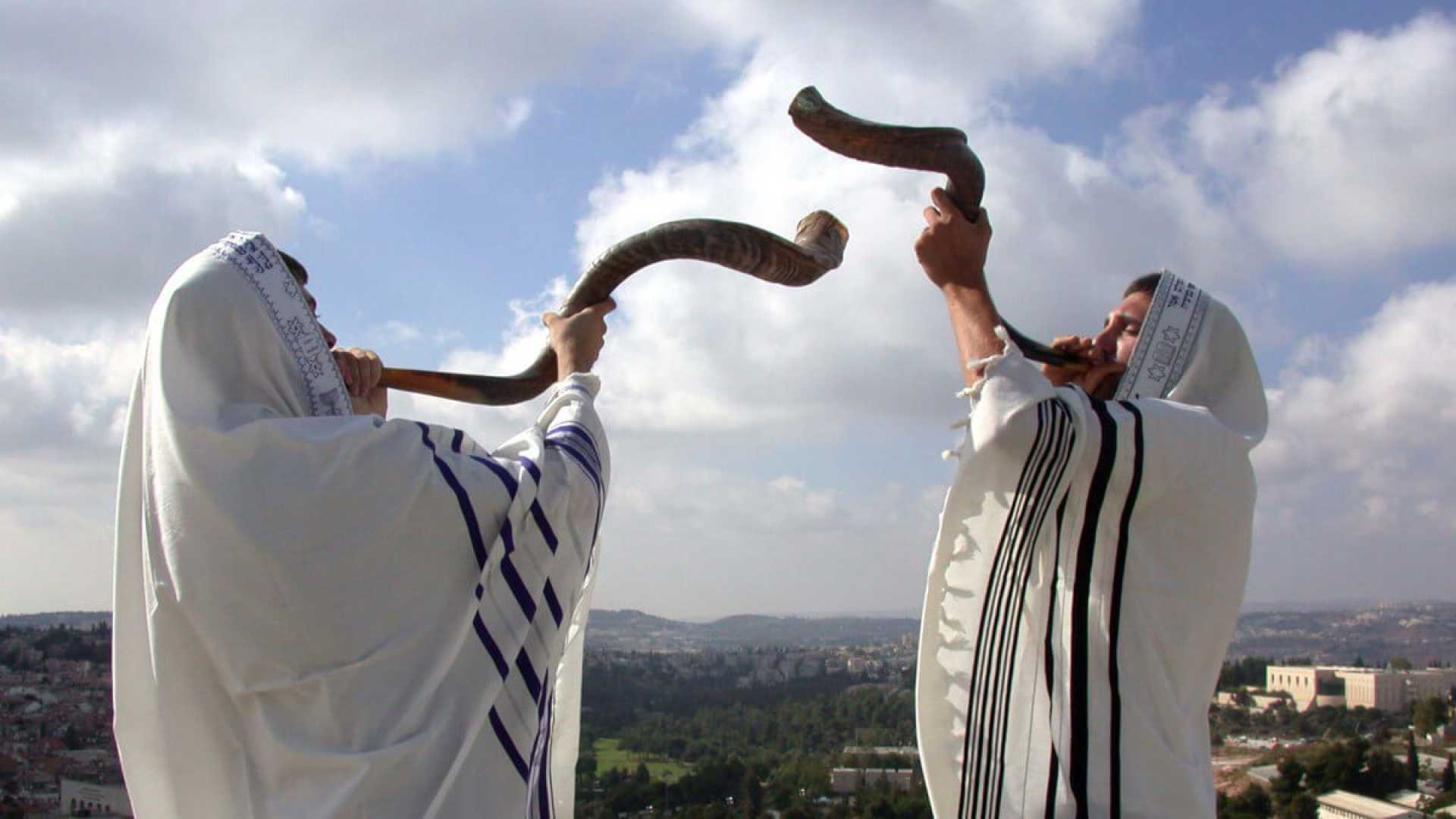News
Yom Kippur Begins: A Day of Reflection and Atonement

USA TODAY NETWORK – Florida – Yom Kippur, known as the Day of Atonement, is the holiest day in Judaism. This year, it begins at sunset on Thursday, October 1, and lasts until nightfall on Thursday, October 2. It marks the conclusion of the Jewish High Holy Days, a period dedicated to reflection and repentance.
During these 26 hours, observant Jews fast and engage in prayer, offering introspection on their actions over the past year. According to tradition, on Rosh Hashanah, God writes each person’s fate, and on Yom Kippur, it is sealed. Danielle Kranjec, an educational leader at Hillel International, emphasizes the significance of these days: ‘Everything that’s going to happen in the year to come is set during this time.’
Yom Kippur is steeped in rituals highlighting the need for teshuvah, or repentance. This involves confessing sins and engaging in acts of self-improvement. The holiday originated after Moses prayed for forgiveness when he found the Israelites worshipping a golden calf, marking the beginning of a profound tradition.
Determined participants gather in synagogues for five prayer services using a special liturgy. For nearly 26 hours, adults and healthy teens refrain from all food and drink, including water. However, Jewish law allows exceptions for children and those with health concerns.
As the day ends, families come together to share a festive meal, celebrating the completion of the fast with traditional comfort foods such as bagels and smoked fish. While Yom Kippur may be solemn, it concludes with a sense of community and joy, as congregants break their fast together.
In light of this significant observance, it’s customary to greet one another with well-wishes such as ‘have a meaningful Yom Kippur’ or ‘have an easy fast,’ steering clear of cheerful phrases like ‘happy Yom Kippur,’ which does not align with the day’s somber tone.












